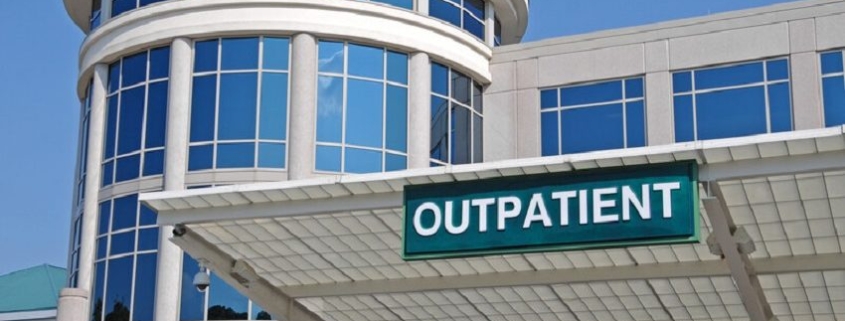Growth In Outpatient Demand Drives A Surprising Number Of Buildings Greater Than 150,000 Sq. Ft.
With the opening this month of the 10-story, 250,000 square foot MOB at the new Sutter Health CPMC campus in San Francisco, the market is heralding a new era of large format medical office development with building size over 150,000 square feet.
This new trend is a function of the well-recognized growth in outpatient care with its focus on the patient experience and physician convenience with critical services and specialties housed under one roof, with the added goal of accountable care in a lower cost setting. The timing couldn’t be better given the surge in capital seeking investment opportunities in healthcare given the quality of tenancy and durability of medical office properties.
 There are currently 44 medical office development projects larger than 150,000 square feet under construction in the United States, a total of 10.9 million square feet, representing 22% of all medical office projects underway. In aggregate, the large format projects represent $5.3 billion of investment or $480 per square foot. Six developments alone are over 400,000 square feet and the ten largest projects have a total budget of $2.3 billion. JLL estimates that the mark-to-market valuation of these projects, once completed, is $7.8 billion.
There are currently 44 medical office development projects larger than 150,000 square feet under construction in the United States, a total of 10.9 million square feet, representing 22% of all medical office projects underway. In aggregate, the large format projects represent $5.3 billion of investment or $480 per square foot. Six developments alone are over 400,000 square feet and the ten largest projects have a total budget of $2.3 billion. JLL estimates that the mark-to-market valuation of these projects, once completed, is $7.8 billion.
The largest medical office development under construction and near completion is located on the Upper East Side in Manhattan – the 750,000 square foot, David H. Koch Center for Cancer Care. Interestingly, two of the top four largest medical office developments are located in New York City. Over forty percent of the active development projects larger than 150,000 square feet are located in the Northeast and Mid-Atlantic regions. The Southeast is the least active region with only one project under construction that’s larger than 150,000 square feet.
Providers dominate the ownership of the 44 projects. Only 10 buildings, representing approximately 20% of the square footage, are owned by third party investors. However, the surge in large format outpatient buildings and the staggering scale of capital required to support these developments is an encouraging sign for institutional real estate investors as the capital intensive business of healthcare is expected to eventually turn to real estate investors to augment health system access to bond markets and philanthropy.
Source: HREI











Leave a Reply
Want to join the discussion?Feel free to contribute!